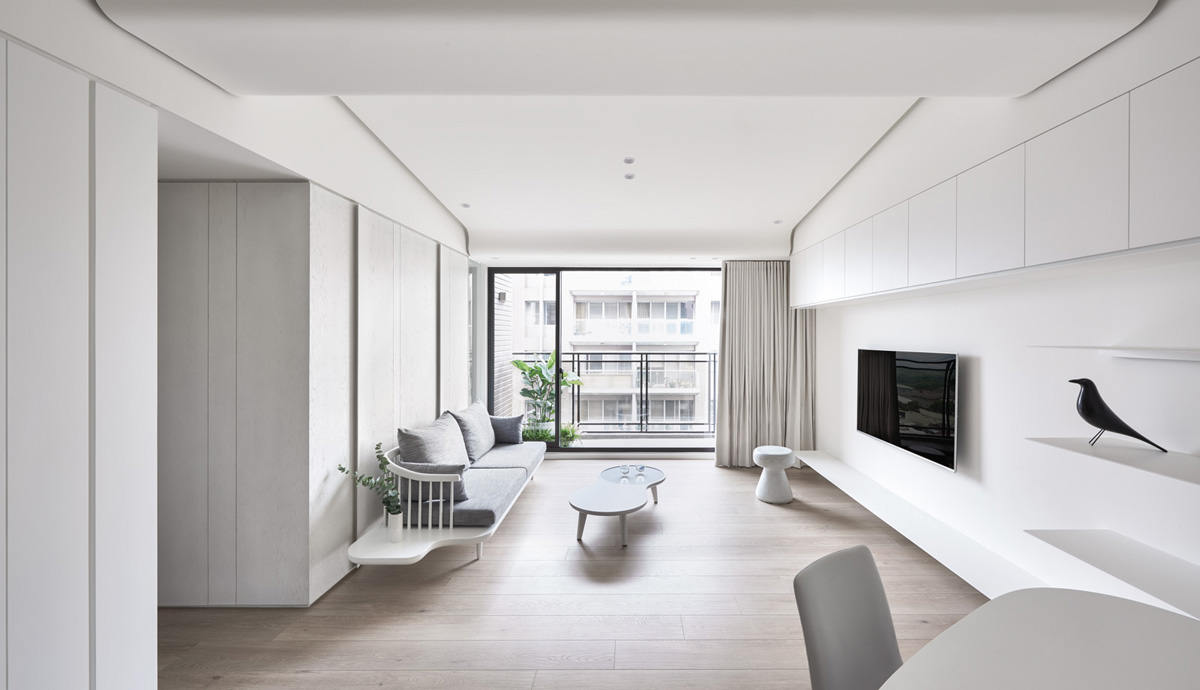
As homeowners, we all want to add value to our property and the best way to do that is through renovation. Whilst the idea of renovating is simple enough, the reality is that improvements to the home cost money. The good news is that there are plenty of choices available if you need to take out a loan to complete your renovation.
Whether you take out the best personal loan your lender has to offer, add the renovation cost to your current home loan or take out a new home loan to cover the costs, there’s plenty of options to consider.
And remember, before you borrow any more money, make sure you plan your renovation. Which areas of the home do you want to improve? As always, preparation will help you maximize results.
How to pay for home improvement projects
Remodeling in the United States is a booming $300 billion annual industry. If you want to pick out paint swatches and backsplashes with the rest of America, you’ll need access to some ready funds.
Your best source of cash for home improvement projects is savings. Obviously, this isn’t an option for everyone, and you might need some renovations done sooner to make your space more livable.
How Renovation loans work
Renovations loans will be different for everyone – the amount you need to borrow, your existing loan balance, your property value and what the type of renovation you’re undertaking are the most important factors to consider. The most important first step you must take is getting a valuation done on your property. The three main options for renovation loans are:
- Getting a personal loan to cover renovations costs
- Adding the renovation total to your existing home loan
- Finding a new home loan
Personal loans for renovations
Since the 2008 housing crisis, many homeowners are still underwater in their homes. If you owe more on your home than its market value, that includes you. Some valuable upgrades could put you back into positive equity territory with your home.
Personal loan approval and terms are based on your personal credit, income, and debt-to-income ratio.
A personal loan can be a good option for small renovation projects, such as fitting a pool, where the cost is fixed in advance. You can pay off the balance earlier than you would by adding extra to your mortgage – typical personal loan terms are three to five years. And, with a personal loan, you’ll have fixed regular repayments enabling you to build in the cost of your budgeting. But on the downside, a personal loan can attract a higher interest rate than a mortgage and the qualifying criteria can be stricter.
Key points:
- This is an unsecured loan and will attract a higher interest rate
- The loan term will be shorter than your home loan term
- Personal loans have quicker approval processes and are easier to obtain
- Personal loan limits are around $30,000
Add the renovation cost to your home loan
If you have an existing home loan you can use the equity you’ve built to fund your renovation project. This is one of the most popular ways Australian’s fund their renovation projects but it’s important to know you can be limited in the amount you can borrow by the value your lender puts on your property.
Finding a new home loan for your renovations
Another common strategy for homeowners needing money to fund their renovations is to switch their home loan to an entirely new product and/or lender. There can be several benefits for both purposes of the renovation and the interest the borrower pays over the life of the loan.
One of the most common catalysts for switching your home loan is when a borrower’s existing lender places a lower than expected value on the borrower’s property, limiting how much the borrower can spend on their renovation.
Does it matter what I’m renovating?
Depending on the scope and area of your property you’re looking to renovate, you may find some money lenders more willing to accommodate your renovation loan. In all renovation cases, lenders are looking to see that you’re adding value to your property. Renovations that lenders generally believe add value include:
- Features that cut energy costs such as solar panels
- Kitchen upgrades
- Bathroom upgrades
- Replacing old or worn carpets and floorboards
- Upgrading window treatments
- Painting
- Landscaping
- Roof upgrades
- Storage additions

